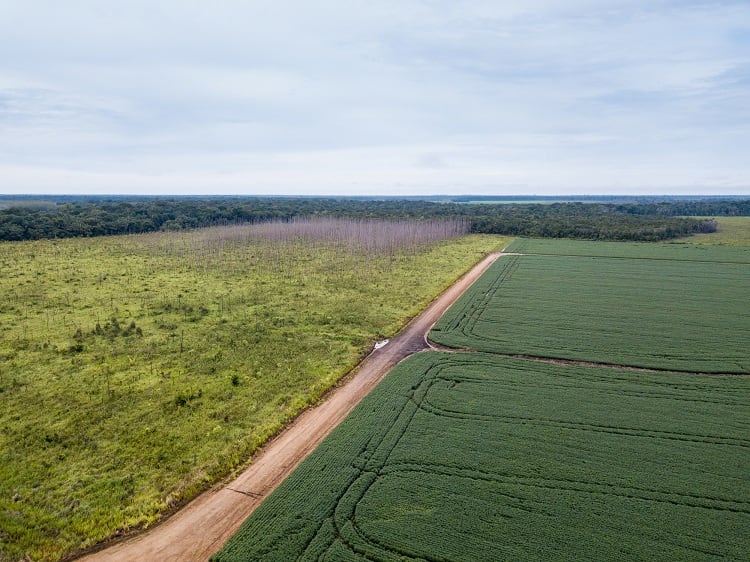The Amazon had 167 km² deforested in January 2023, according to data released by the DETER System, from INPE (National Institute for Space Research). The number represents a drop of 61% compared to January 2022 – when a deforested area of 430 km² was recorded in the biome.
It is the first time in the last five months that the monthly area registered is smaller than that of the previous year. This is DETER's first monthly data after President Lula took office.
“The observation of a relevant drop in deforestation data for January 2023, especially in the Amazon, compared to the same period last year is positive,” responded Daniel E Silva, a specialist in Conservation at WWF-Brasil. “However, it is still too early to talk about a trend reversal, as part of this drop may be related to greater cloud cover in the period. The DETER system uses satellite images with optical sensors that can be affected by the occurrence of clouds. Therefore, we will need to pay close attention to the data for the coming months.”
President Lula vowed to reverse Amazon deforestation when he came into office at the end of last year. Under Lula's first presidency, Brazil was able to reduce deforestation in the Amazon by 84% between 2004 to 2013. Deforestation in the Amazon then grew by 73% between 2019 and 2021 and in that period lost an area of forest larger than that of Belgium, claimed WWF.
Data may reflect the resumption of the environmental defence agenda
The latest data are released at a time when the environmental protection agenda is being resumed at the federal level, such as the recent announcement of the creation of a national plan to control deforestation in Brazilian biomes and discussions on probable contributions from France, the European Union, the UK and the US to the Amazon Fund, which stopped since 2019 by the Bolsonaro government.
“Although there is an indication of a possible drop in deforestation in January, it is urgently necessary to restructure the Action Plans for the Prevention and Control of Deforestation and Burning. It is important that Brazil resumes its environmental leadership role on the international stage,” said Frederico Machado, specialist in conservation and leader of WWF-Brazil's Zero Conversion Strategy.
“There is an opportunity to become a reference in sustainable productivity, regenerative agriculture, capture resources in the carbon market and have commercial and financial conditions differentiated by socio-environmental commitments that are embraced by the government and the private sector.”
Referring to the new EU deforestation law preventing the import of commodities linked to deforestation, he added: “The time has also come to open our eyes to the risks of exclusion from more demanding markets, such as Europe, which has closed its doors to agricultural products associated with deforestation.”
This ties with suggestions that more supportive public policy will allow food and beverage companies to comply with their zero-deforestation commitments and encourage more companies to adopt and implement their commitments in more regions of Brazil.
Cerrado: numbers remain high
In the Cerrado, 442 km² were destroyed in January 2023, maintaining a high level of destruction in the biome, more than twice as high as deforestation in the Amazon.
“Brazilian ecosystems were victims of a criminal anti-environmental policy, which aimed primarily at 'passing the cattle' to the detriment of protecting the precious natural heritage belonging to all Brazilians,” warned Machado. “The Cerrado has already lost almost 50% of its original cover, and the annual deforestation rates, proportionally, are even higher than the serious numbers we have observed for the Amazon. This means that, for the time being, we still don't have anything to celebrate, but there is still a lot of work to be done.”





